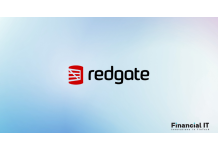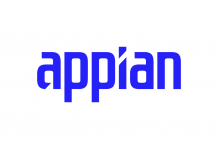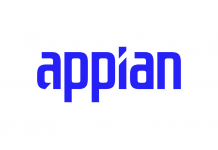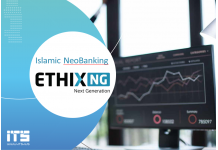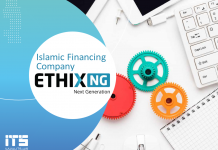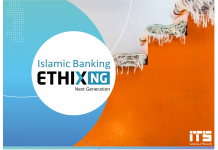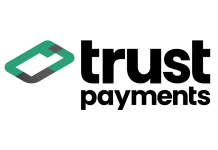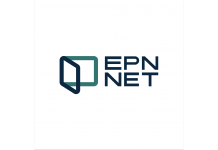Exploring Digital Transformation in Core Banking with Fiorano ESB
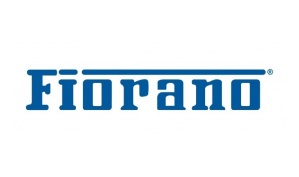
- Product Reviews
- 15.02.2017 08:49 am
What does the product do?
Fiorano ESB is a microservices-based middleware solution which helps in integrating heterogeneous applications through its codeless configuration based tools. In simple words, it enables different software to talk to each other reliably and effortlessly.
It allows you to tie your existing islands of IT systems together for real-time data sharing, cross-system business process management, faster transaction automation and complete visibility across the enterprise. Fiorano provides a secure, scalable platform for a "real-time information network" which forms the first step towards going digital.
Although the integration solution is vertical agnostic, Fiorano has been very popular among banks for providing a core banking integration solution. Banks around the world have deployed Fiorano to integrate their core banking system (T24, Finacle, Flexcube, Bancs, and more) with channel applications like mobile banking, internet banking, ATMs, Payment gateways, Swift integration and more.

Who are the customers?
All the institutions who have embarked on a digital transformation journey require the product. In layman’s language, any institution that requires integration and real-time information sharing between multiple systems/applications need the product.
Financial organizations who require a fast, reliable and scalable messaging platform to perform straight-through processing can leverage Fiorano’s technology to support their business.
Banking institutions have a growing demand for a standard-based middleware that helps them to become more agile in onboarding new applications to their existing IT landscape.
Fiorano ESB is trusted by banks worldwide, especially for core banking integration with satellite applications.
What are the main features of the product?
Fiorano provides a microservices oriented, codeless platform for integrating applications with each other. The Fiorano ESB implements a brokered, peer-to-peer (often referred to as super peer) system architecture, which combines the management benefits of centralized hub-and-spoke systems with the performance benefits of fully distributed peer-to-peer systems, while avoiding the particular disadvantages of both of these individual approaches.
Unlike other solutions, in case of Fiorano users visually assemble instantly running solutions by drawing application and service nodes on a canvas through drag-and-drop of active service components. The lines between nodes comprise event flows via active message pipelines, collectively representing a user-defined event driven architecture. The visual model is the ready-to-run, fully implemented application, with no additional programming required. In case of other solutions, the visual model requires additional programming once again adding to the complexity and cost of implementation and service enablement.
More feature of the product are listed below:
Distributed Services Architecture
- Message-Driven Microservice Model
- Distributed, Dynamic Deployment and Management
- Event-Process Orchestration
- Lifecycle Management and Versioning
- Support for multiple protocols and transports
Enterprise-Class, Peer-to-Peer Communications Backbone
- Unbounded Performance and Scalability
- Service-Level Failover and 24x7x Forever Availability
- Guaranteed message delivery
- REST and Web Services Support
- Comprehensive Security
ESB Generic Services, Tools and Adapters
- Distributed Intelligent Routing
- Monitoring, Logging and Auditing
- Multi-Language Support
- XML Transformations
- Adapters and Pre-built Microservices
What is special about Fiorano ESB?
Fiorano’s primary advantage as compared to large stacks vendors has been “Half the programmers – Half the time”, reflecting the lower learning curve and the cohesiveness and uniqueness of the product architecture. Large stack solutions like Oracle or IBM can be expected to have not only higher licensing costs but importantly, often, require extended use of consulting services to deal with the complexity of the stack which in itself often involves a combination of products developed in isolation of each other. Whereas with Fiorano an average resource can come up to speed in a few weeks; programmer productivity for larger stacks can mean several months or may require expensive integration specialists.
With Fiorano projects have gone live in a few weeks’ time, saving tremendous amounts of resources, whereas the competition quoted 4-6 months of time for delivery.
Other background features are:
- Integration, Choreography and Service Creation Environment
- Powerful Service-Deployment and Runtime Control
- Best-in-Class Performance, Scalability and Reliability via a distributed, Peer-to-Peer architecture
- Comprehensive Security, Governance, Lifecycle Management and Versioning
- Standards-based Heterogeneous SOA
Pricing model:
Fiorano has 2 licensing options: Perpetual and Subscription based.
The Fiorano eStudio provides a graphical interface to compose, deploy and monitor event processes. Fiorano microservices palette is a wide range of pre-built components, each performing a simple business task. There is no coding involved and the visual drag and drop method for creating integration flows makes it very easy for citizen integrators to start connecting different applications.
Fiorano ESB can be downloaded for a 30-day trial from www.fiorano.com. Additionally, there is an open source version launched last year.
What are the reporting capabilities?
The Fiorano Dashboard provides a web-based monitoring tool for the Fiorano ESB Network. It additionally provides support for launching, stopping and restarting an application using a web interface, while also enabling administrators to monitor a wide range of system parameters across the network. Furthermore, it allows administrators to add users/groups and setup Access Control Lists in the Fiorano ESB.
Moreover, Fiorano can easily integrate with any 3rd party reporting tools to enhance and customize your reports.
Rival products are the following:
- IBM Websphere ESB
- Oracle Fusion Middleware/ Oracle Service Bus
- TIBCO
- Mulesoft
- Miscrosoft Biztalk
- Informatica
- RedHat JBoss ESB

